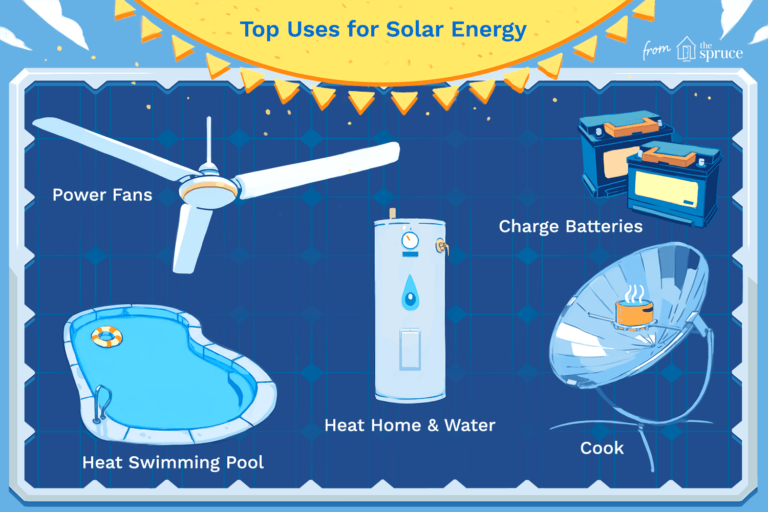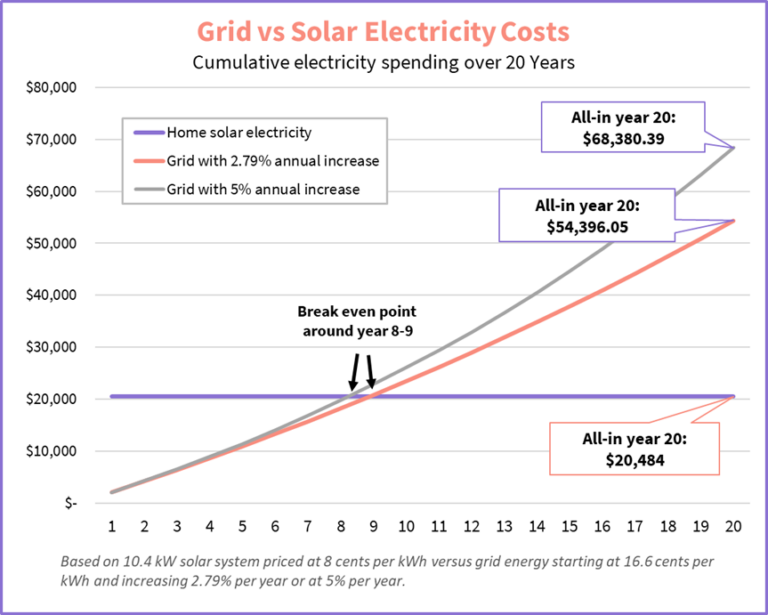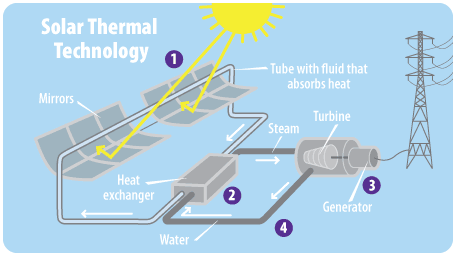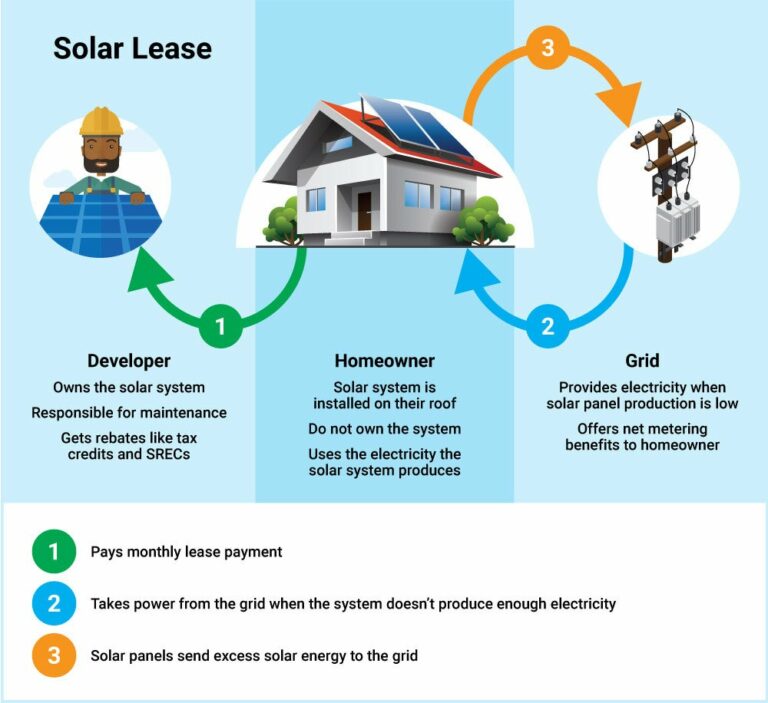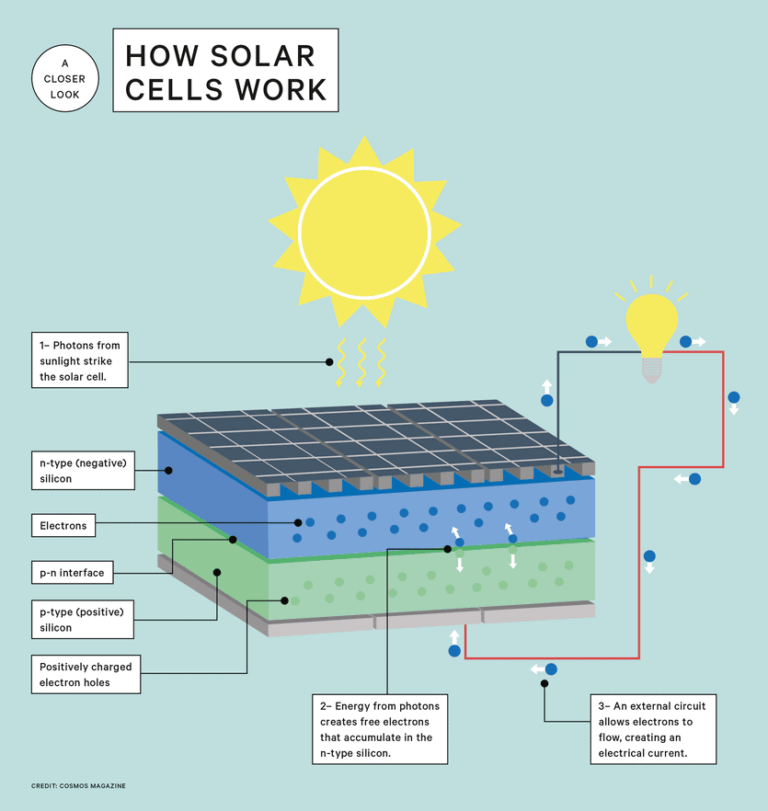Can You Produce Hydrogen From Solar Energy?
Can you produce hydrogen from solar energy? If you’ve ever wondered about the possibilities of harnessing the power of the sun to create a clean and renewable fuel source, you’re in the right place. Today, we’re going to explore the exciting world of solar-powered hydrogen production and uncover its potential benefits. So, let’s dive in and discover how the sun’s energy can be used to generate hydrogen gas!
Imagine a world where we can tap into the abundant and free energy of the sun to produce hydrogen, a versatile and eco-friendly fuel. Well, the good news is that it’s not just a far-fetched dream anymore. Thanks to advanced technology and scientific breakthroughs, we now have the means to convert solar energy into hydrogen through a process called “photovoltaic electrolysis.”
So how does it work? It all starts with solar panels that capture sunlight and convert it into electricity. This electricity is then used to power an electrolyzer, which separates water molecules into hydrogen and oxygen through a chemical reaction. The result? Clean, green hydrogen gas that can be used as a fuel for various applications, from powering vehicles to generating electricity.
Excited yet? The concept of producing hydrogen from solar energy opens up a world of possibilities for a more sustainable future. Join us as we delve deeper into the science, benefits, and potential challenges of this game-changing technology. By the end of this journey, you’ll have a deeper understanding of the role solar energy can play in creating a greener and more sustainable world. So, let’s get started on this electrifying adventure together!
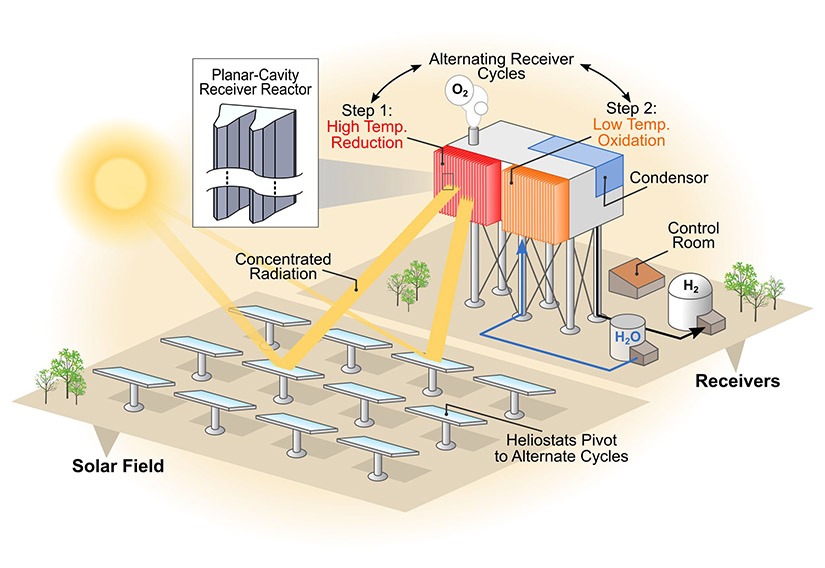
Can You Produce Hydrogen from Solar Energy?
Hydrogen is an abundant element that can be used as a clean and sustainable source of energy. Solar energy, on the other hand, is an increasingly popular and environmentally friendly way to generate electricity. So, is it possible to harness the power of the sun to produce hydrogen? In this article, we will explore the potential of solar energy to produce hydrogen and discuss the various methods and technologies involved. Join us on this journey as we delve into the world of solar-powered hydrogen production.
The Basics of Solar-Powered Hydrogen Production
When it comes to producing hydrogen from solar energy, there are several techniques that can be employed. One of the most common methods is known as water electrolysis. In this process, electricity generated from solar panels is used to split water molecules into hydrogen and oxygen. The hydrogen gas can then be captured and stored for later use as a fuel source.
Another approach is through the use of solar-thermal water splitting. This technique involves using concentrated solar energy to heat water to high temperatures, causing it to split into hydrogen and oxygen. This method has the advantage of being able to operate at higher efficiencies compared to electrolysis. Additionally, solar-thermal water splitting can be combined with other processes, such as catalytic conversion, to enhance the overall efficiency and yield of hydrogen production.
In recent years, a third method called photoelectrochemical (PEC) water splitting has gained attention. PEC cells utilize semiconductors in conjunction with sunlight to directly produce hydrogen from water. These cells have the potential to achieve higher efficiencies and lower costs compared to traditional electrolysis methods. However, further research and development are needed to optimize PEC technology for large-scale hydrogen production.
The Water Electrolysis Process
Water electrolysis is a well-established and widely used method for hydrogen production. It involves the use of an electrolyzer, which consists of two electrodes submerged in water and an electrolyte solution. When an electric current is applied to the electrolyzer, water molecules are split into hydrogen and oxygen gases.
The process of water electrolysis can be divided into two half-reactions: the oxidation of water at the anode and the reduction of water at the cathode. At the anode, water molecules lose electrons and release oxygen gas. At the cathode, hydrogen ions from the electrolyte solution gain electrons and form hydrogen gas. The hydrogen gas can then be collected and stored for later use as an energy source.
There are different types of electrolyzers used in water electrolysis, including alkaline electrolyzers, proton exchange membrane (PEM) electrolyzers, and solid oxide electrolyzers. Each type has its own advantages and limitations, such as efficiency, cost, and durability. Advances in electrolyzer technology continue to improve the efficiency and scalability of water electrolysis for hydrogen production.
Benefits of Water Electrolysis
Water electrolysis offers several advantages for hydrogen production. Firstly, it is a flexible and scalable process that can be adapted to various scales and applications. It can be easily integrated into existing renewable energy systems, such as solar farms or wind farms, to store excess energy as hydrogen. Additionally, water electrolysis does not produce any greenhouse gas emissions or pollutants, making it a clean and environmentally friendly method of hydrogen production.
Moreover, hydrogen produced through water electrolysis can be used as a versatile energy carrier. It can be used directly in fuel cells to generate electricity or converted into synthetic fuels, such as methane or ammonia, for use in transportation or other industries. The ability to store and transport hydrogen makes it a valuable option for addressing the intermittent nature of renewable energy sources like solar power.
Despite its benefits, water electrolysis faces challenges related to cost, efficiency, and infrastructure. However, ongoing research and development efforts aim to overcome these hurdles and make water electrolysis a more viable and cost-effective solution for large-scale hydrogen production.
Solar-Thermal Water Splitting
Solar-thermal water splitting is an innovative approach to hydrogen production that utilizes concentrated solar energy. This method involves the use of solar concentrators to focus sunlight onto a receiver, which contains a material capable of capturing and storing solar energy. The concentrated solar energy is then used to heat water to high temperatures, causing it to split into hydrogen and oxygen gases.
The choice of materials for the receiver is critical in solar-thermal water splitting. One promising material is cerium oxide, which has the ability to store and release oxygen at high temperatures. By cycling between oxidation and reduction reactions, cerium oxide can effectively split water and produce hydrogen. Other materials, such as perovskite compounds and metal oxides, are also being explored for their potential in solar-thermal water splitting.
One advantage of solar-thermal water splitting is its high efficiency compared to traditional electrolysis methods. Concentrated solar energy can reach much higher temperatures, leading to greater conversion efficiencies. Additionally, solar-thermal water splitting has the potential to be coupled with other industrial processes, such as carbon dioxide capture and utilization, to achieve even higher efficiencies and reduce overall carbon emissions.
Challenges and Future Outlook
While solar-thermal water splitting shows promise for hydrogen production, there are still challenges that need to be addressed. The use of concentrated solar energy requires sophisticated and expensive solar concentrators, limiting its widespread deployment. Furthermore, the choice of materials for the receiver must balance factors such as cost, stability, and performance.
Research efforts are focused on developing more efficient and cost-effective materials for solar-thermal water splitting. Advanced materials, such as metal-organic frameworks and nanomaterials, are being investigated for their potential in enhancing the efficiency and stability of the process. Additionally, advancements in solar concentrator technology, such as high-efficiency photovoltaic-thermal systems, have the potential to further improve the economics of solar-thermal water splitting.
In conclusion, the production of hydrogen from solar energy is not only possible but also holds great potential for a sustainable and clean energy future. Techniques such as water electrolysis and solar-thermal water splitting offer viable pathways to harness the power of the sun for hydrogen production. With ongoing research and development, these methods can be further optimized to enable large-scale deployment and contribute to the transition towards a hydrogen economy.
Key Takeaways: Can You Produce Hydrogen from Solar Energy?
- Yes, you can produce hydrogen from solar energy!
- Solar energy can be used to power electrolysis, a process that splits water molecules into hydrogen and oxygen.
- This hydrogen can then be stored and used as a clean and renewable energy source.
- Producing hydrogen from solar energy is a sustainable solution for reducing greenhouse gas emissions.
- Scientists are working on improving the efficiency and cost-effectiveness of solar hydrogen production.
Frequently Asked Questions
Welcome to our FAQ section on producing hydrogen from solar energy! Here you will find answers to some commonly asked questions about harnessing the power of the sun to generate hydrogen. Read on to learn more!
1. How is hydrogen produced from solar energy?
The process of producing hydrogen from solar energy involves the use of a technology called photovoltaic (PV) electrolysis. PV electrolysis systems consist of solar panels that capture sunlight and convert it into electricity. This electricity is then used to power an electrolyzer, which splits water molecules into hydrogen and oxygen through a process called electrolysis. The hydrogen can be collected and stored for use as a clean and renewable energy source.
This method of producing hydrogen is sustainable and environmentally friendly, as it does not release any harmful emissions when generating electricity or when using the hydrogen as a fuel.
2. Can solar energy be used to produce hydrogen on a large scale?
Yes, solar energy can be used to produce hydrogen on a large scale. As solar panel technology continues to improve and become more efficient, larger arrays of panels can be installed to capture and convert more sunlight into electricity. This increased electricity production can then be used to power larger electrolyzers, allowing for the production of hydrogen on a larger scale.
Furthermore, advancements in storage technologies are making it possible to store excess hydrogen when the demand is low and use it when the demand is high. This helps to ensure a consistent and reliable supply of hydrogen, even when the sun is not shining.
3. What are the advantages of producing hydrogen from solar energy?
Producing hydrogen from solar energy offers several advantages. Firstly, solar energy is a renewable energy source, meaning it will never run out. By using the power of the sun to produce hydrogen, we can reduce our reliance on finite fossil fuels.
Secondly, hydrogen produced from solar energy is clean and emits no greenhouse gases when used as a fuel. This helps to combat climate change and reduce air pollution. Additionally, hydrogen can be used in a wide range of applications, such as fueling vehicles, powering homes, and even in industries like manufacturing and agriculture.
4. Are there any challenges in producing hydrogen from solar energy?
While producing hydrogen from solar energy is a promising technology, there are some challenges to overcome. One challenge is the cost. Currently, the cost of solar panels and electrolysis systems can be relatively high, making it less economically viable for large-scale production.
Another challenge is the intermittent nature of solar energy. The sun doesn’t shine 24/7, and this can affect the consistent production of hydrogen. However, advancements in energy storage systems, such as batteries, are helping to address this challenge by storing excess energy generated during peak sunlight hours for use during periods of low sunlight.
5. Can hydrogen produced from solar energy replace other forms of energy?
Hydrogen produced from solar energy has the potential to replace other forms of energy, particularly in sectors where direct electrification is challenging. As hydrogen can be stored and transported, it offers flexibility in meeting energy demands, even in areas without direct access to renewable electricity.
However, it’s important to note that a comprehensive energy transition will likely involve a mix of different energy sources and technologies. While hydrogen can play a significant role in decarbonizing our energy systems, it may not be a one-size-fits-all solution. It will be important to consider the specific needs and characteristics of different sectors and regions to determine the most appropriate energy mix.
Summary
You can make hydrogen from solar energy, and it’s a cool way to use the sun’s power! By using a device called a solar electrolyzer, sunlight is used to split water molecules into hydrogen and oxygen. The hydrogen gas can then be stored and used as a clean fuel for cars or electricity generation.
Solar energy is renewable and doesn’t produce harmful greenhouse gases, unlike fossil fuels. This means that producing hydrogen from solar energy can help us reduce pollution and combat climate change. However, there are still challenges to overcome, like improving the efficiency of the process and finding cost-effective ways to store and distribute the hydrogen. Scientists and engineers are working hard to make this technology even better, so one day hydrogen from the sun could become a major source of energy for our world.

